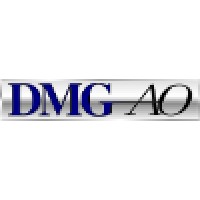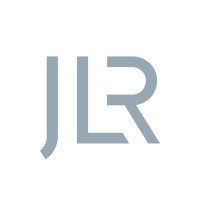Company Cyber Security Posture
NANA
NA Company Details
NA
NA
NA
NA
NA
NA
Scan still pending
NA
NA
Between 200 and 800
This score is AI-generated and less favored by cyber insurers, who prefer the TPRM score.
 NA Global Score
NA Global Score.png)

Company Scoring based on AI Models
| Model Name | Date | Description | Current Score Difference | Score |
|---|---|---|---|---|
| AVERAGE-Industry | 03-12-2025 | This score represents the average cybersecurity rating of companies already scanned within the same industry. It provides a benchmark to compare an individual company's security posture against its industry peers. | N/A | Between 200 and 800 |
Company Cyber Security News & History
| Entity | Type | Severity | Impact | Seen | Url ID | Details | View |
|---|
Company Subsidiaries

NA
Access Data Using Our API

Get company history
.png)
NA Cyber Security News
7-Zip Vulnerability Actively Exploited in The Wild in Attacks - CISA Adds Its Catalog
A critical vulnerability in the popular file archiving tool 7-Zip (CVE-2025-0411) has been actively exploited in the wild, primarily targeting ...
CVE-2025-0411: Ukrainian Organizations Targeted in Zero-Day Campaign and Homoglyph Attacks
The ZDI team offers an analysis of how CVE-2025-0411, a zero-day vulnerability in 7-Zip was actively exploited to target Ukrainian ...
Hackers Exploiting 7-Zip Zero-Day Vulnerability to Deploy SmokeLoader Malware
Threat actors exploited CVE-2025-0411 to deliver the SmokeLoader malware, a notorious piece of malware used to steal credentials, enable ...
Russian cybercrooks exploiting 7-Zip zero-day vulnerability (CVE-2025-0411)
The 7-Zip vulnerability (CVE-2025-0411). Mark-of-the-Web (MotW) is a zone identifier used by the Windows operating system to flag files ...

NA Similar Companies

Maruti Suzuki India Limited
Maruti Suzuki was established with a dream to provide the 'Joy of Mobility' in the early 1980s. With a humble start of manufacturing about 20,000 cars in a year, the Company has grown leaps and bounds, manufacturing close to 2 million cars a year in FY 2022-23. Over the last four decades, the Compan

Motherson Group
Founded in 1975, Motherson is one of the world’s leading auto component makers, supplying OEMs globally from over 350 facilities in 41 countries spread across five continents with over 180,000 employees. Within the automotive industry, it is one of the leading global manufacturers of exterior rear

Mercedes-Benz Research and Development India
Mercedes-Benz Research and Development India (MBRDI) is the largest research and development centre for Mercedes-Benz Group AG outside of Germany. With over 27 years of innovation, MBRDI is contributing towards building the world’s most desirable cars, right here from India. Our mission - shape th
Every vehicle. Every innovation. Every bit of momentum in over 170 markets worldwide. None of it would be possible without the expertise, drive and continued ambition of our people. We’re proud of our heritage, but it’s our vision for the future that excites us most. Right across our business, ever

BMW Group
With its four brands BMW, MINI, Rolls-Royce and BMW Motorrad, the BMW Group is the world’s leading premium manufacturer of automobiles and motorcycles and also provides premium financial services. The BMW Group production network comprises over 30 production sites worldwide; the company has a global

Dewan Mushtaq Group
Dewan Mushtaq Group is one of the most prominent and reputed industrial groups in Pakistan. Dewan enjoys the absolute confidence of the general public, local and foreign capital markets, financial institutions and the Government. The history of Dewan Mushtaq Group goes way back to the year 1916.I

Frequently Asked Questions
Explore insights on cybersecurity incidents, risk posture, and Rankiteo's assessments.
NA CyberSecurity History Information
How many cyber incidents has NA faced?
Total Incidents: According to Rankiteo, NA has faced 0 incidents in the past.
What types of cybersecurity incidents have occurred at NA?
Incident Types: The types of cybersecurity incidents that have occurred include .
Additional Questions
What Do We Measure?
















Every week, Rankiteo analyzes billions of signals to give organizations a sharper, faster view of emerging risks. With deeper, more actionable intelligence at their fingertips, security teams can outpace threat actors, respond instantly to Zero-Day attacks, and dramatically shrink their risk exposure window.
These are some of the factors we use to calculate the overall score:
Identify exposed access points, detect misconfigured SSL certificates, and uncover vulnerabilities across the network infrastructure.
Gain visibility into the software components used within an organization to detect vulnerabilities, manage risk, and ensure supply chain security.
Monitor and manage all IT assets and their configurations to ensure accurate, real-time visibility across the company's technology environment.
Leverage real-time insights on active threats, malware campaigns, and emerging vulnerabilities to proactively defend against evolving cyberattacks.





